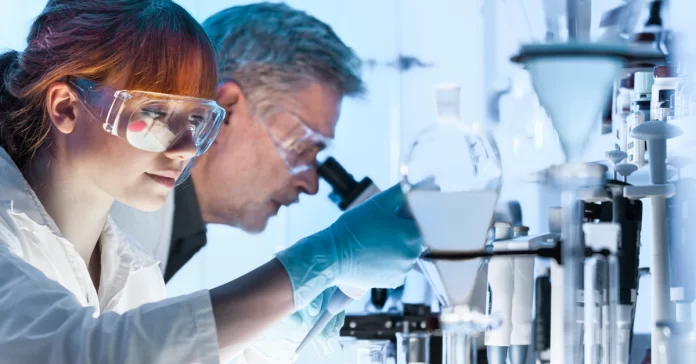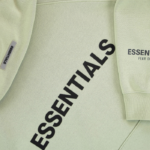Antibody production refers to making specific antibodies necessary for body functioning and research. During antibody production, antigens are prepared either from specific animals (polyclonal) or can be expressed through particular antigens with certain levels of antigens (monoclonal). The laboratory animal used for antibody expression is usually injected with certain antigens, which characterize the production of specific antibodies in the serum and are later recovered from the animal.
On the other hand, monoclonal antibodies are synthesized by integrating antibody-secreting spleen cells, which an immunized mouse produces with an immortal cell. This fusing helps create certain hybridoma cells lines that have specific antibodies. The following article will examine the various steps involved in producing custom antibodies.
Step 1 – Peptide design
The first step in custom antibody production is designing the suitable antigen, usually the peptides. In most cases, developing the appropriate peptide antigen is the most challenging part of antibody production. However, using the right optimum peptide tools makes it possible to create and design better and quality peptide antigens. While developing specific antibodies, several parameters have to be considered, including the peptide’s purity level, length of hydrophobicity, amino acid composition, peptide solubility, and secondary structures.
Peptide designing as antigens is advantageous as they can cover specific epitopes of interest. Through advanced lab technology, peptide antigens can be screened against a particular protein data bank, allowing optimization of their cross-reactivity and overall antibodies production.
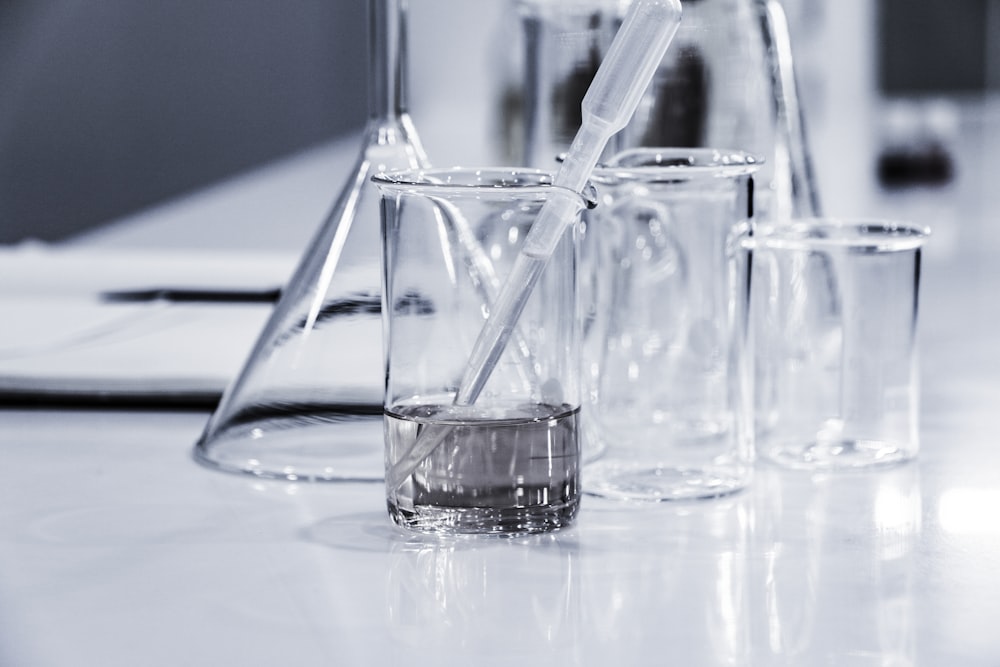
Step 2 – Peptide synthesis
The production of peptides is a significant step in custom antibody production. During the process, amino acid compounds are integrated through peptide bonds. In most cases, peptide antigens are produced chemically through a condensation process of the carboxyl groups. To prevent any possible side reactions of various amino acids, protecting group strategies are applied in the process.
Peptide production begins during the condensation of carboxyl and ends at the amino terminus. The chemical synthesis of peptides can also be done through classical solution-phase techniques. However, this process has been replaced by solid-phase methods in most recent research though it is still significant, especially in the large-scale production of peptides. In some cases, peptide expression is usually tricky in bacteria cells, so chemical synthesis is essential.
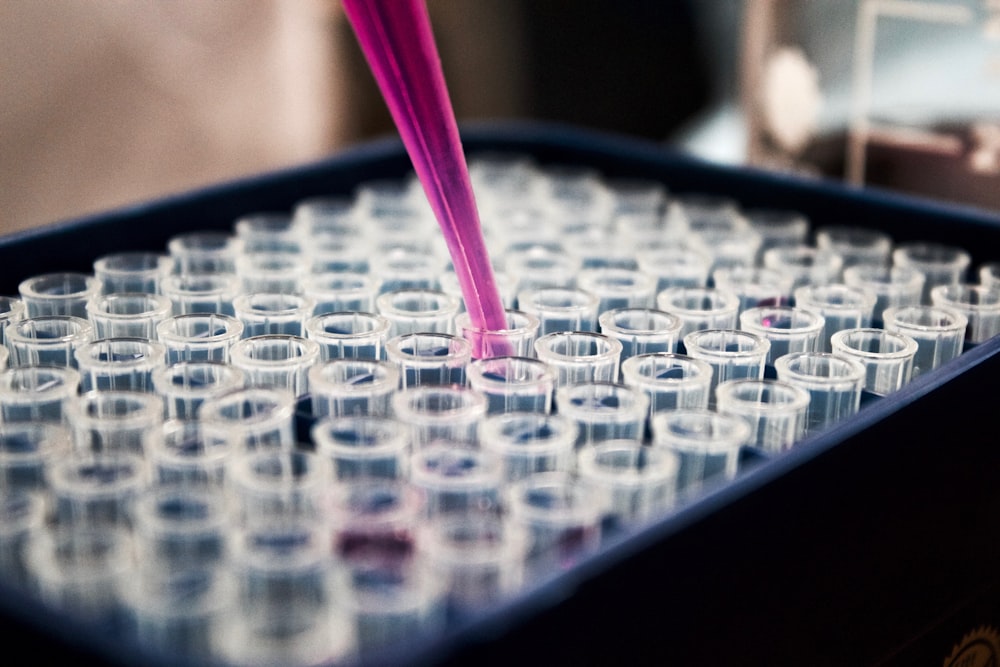
Step 3 – Animal immunization and serum collection
For antibodies production, several animals are used, such as rabbits, mice, goats, and pigs in the case of polyclonal antibodies. On the other hand, chicken, humans, and rats can be used in monoclonal antibodies production. The chosen animal is immunized with specific antigens, which induce them to generate and synthesize specific levels of antibodies into the blood. The immunization can be done repeatedly for several months.
Besides, the antibodies generated through this method are usually derived from various B cell clones and typically contain an array of antibodies that reacts with the immunized immunogenic. Notably, antibody diversification differs between different animals, such as the organization of immunoglobulin genes, the organ sites, mechanism of diversification, and immunoglobulin isotypes.
After three to four months of immunization, the serum should be collected from the animals in the blood plasma. Serum antibodies are significant components in adaptive immunity and immunological memory in most vertebrates. In addition, they contribute to immunopathology significantly—the composition of serum results from the regulation of B lymphocytes into the antibody-secreting plasmablasts and plasma cells.
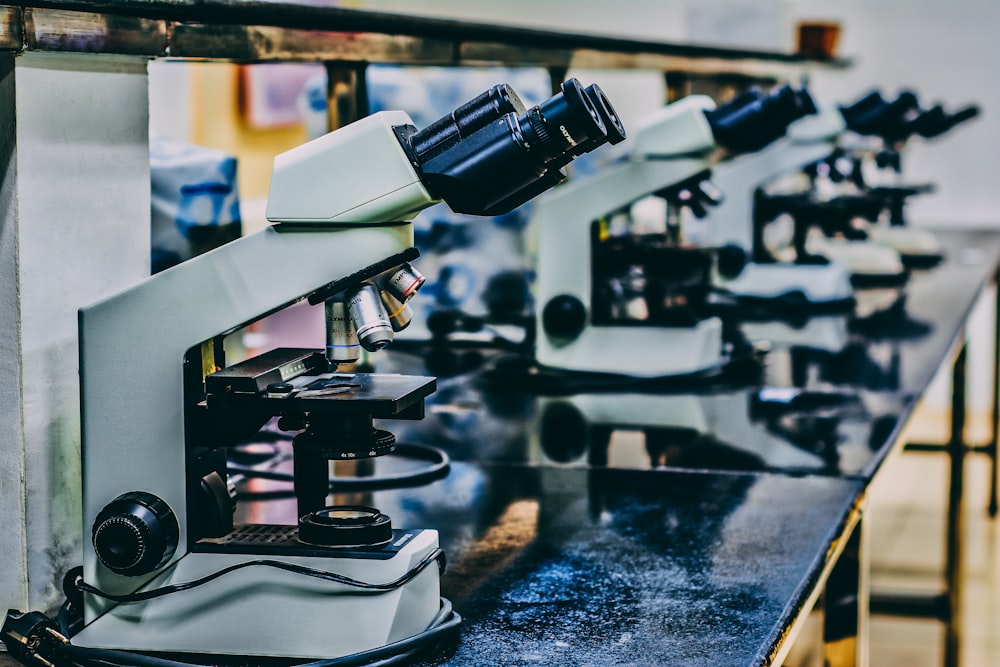
Step 4 – Titer analysis
In this stage, the antibodies titer analysis will include detecting the produced antibodies in the immunized animal’s blood. The amount created and composition of the antibodies in the animal depends on the strength of the animal’s body immunity. Antibody titer analysis has to be carried out through a standardized procedure. The antibody titers are not measured directly but can be detected through targeted antigens in most cases.
Suggested Reads: Learn the facts about Wpit18 and also just how to visit and also register
This is done by using any antigens that induce the production of antibodies. The blood from the immunized animal is taken and is exposed to specific antigens, which help determine the presence of antibodies. A titer analysis is simply the measurement of how much antibody is detected. Titers are usually expressed in ratio forms to help determine the serum against solutions and fast research.
Step 5 – Purification process
The last step in custom antibody production is purification. Produced antibodies from the immunized animals contain unwanted antigens found in the animal before immunization. Therefore, antibody purification is a necessary process that will help to separate antibodies from any unnecessary antigens or purify antibodies from extreme crude to highly specific. There are different methods and procedures of carrying out antibody purification. To purify antibodies, the following steps are used;
- Solid materials and proteins which are not antibodies are removed. A centrifugation process is carried out.
- Antibodies are isolated through affinity chromatography.
- Contaminants collected after step two are removed. Filtration chromatography is carried out to ensure further purification.
Wrapping up
Antibody production has been a field of attention by most researchers, necessitating laboratory technology. Antibodies are significant components in fighting disease-causing viruses and increasing immunity. Therefore, with the increase in bacteria and virus-caused diseases, custom production of antibodies is a necessary scientific process. The first two-step in the custom antibodies production may not be essential if at least 90% pure antigen. However, to optimize and ensure pure antibodies, every step should be followed appropriately.

